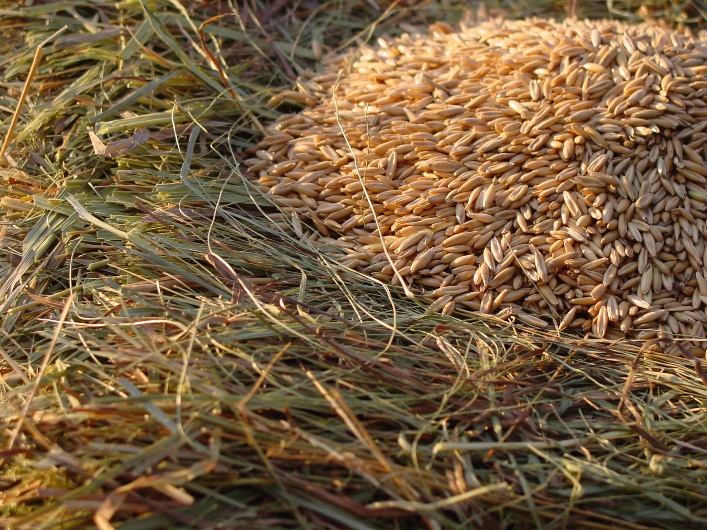How To Identify Moldy Hay – Ask the Expert: Testing for Moldy Hay

Our friends at the University of Minnesota Extension have helped to answer the question, how do you know if your hay is moldy? Equine expert Krishona Martinson, PhD, offers some tips below when it comes to hay testing.
Question: I recently purchased some hay. I thought it was good quality, but I think the hay might be a little moldy. Can I test my hay for mold?
Response: Most forage testing laboratories can test hay (and other feed stuffs) for different types and amounts of molds. The costs average $40 and takes about one week to complete. The sample is collected and submitted similar to a hay analysis for nutrient value.
Watch a YouTube video on how to collect a hay sample.
All hay will have some mold; no sample will have zero mold. Mold spore counts are given in colony forming units per gram (cfu/g). Hay with less than 500,000 cfu/g of mold is considered good quality.
Hay with 500,00 to 1 million cfu/g is relatively safe, while hay with over 1 million cfu/g of mold should not be fed to horses due to the risk of respiratory issues. Most people can start to detect mold around 500,000 cfu/g.
If your hay is between 500,000 and 1 million cfu/g of mold, use precaution by pulling flakes apart before feeding, feeding outside or in a well-ventilated area, using a hay net to restrict the horses ability to bury their nose into the hay, and wetting the hay to reduce the amount of mold spores inhaled.
Alternatively, you could look for a better quality hay or ask your hay supplier to exchange the hay for bales with a lower mold count.
This article is reprinted with permission from Krishona Martinson, University of Minnesota. This and other horse nutrition articles can be found at http://www.extension.umn.edu/agriculture/horse/nutrition/.
